
The Ho Dynasty Citadel is a unique stone architectural work in Vietnam, built in just 3 months (from January 1397). The citadel is also called Tay Do (or Tay Giai) to distinguish it from Dong Do (Thang Long, Hanoi). This place was once the economic, political and cultural center at the end of the Tran Dynasty and the capital of Dai Ngu for 7 years, from 1400 to 1407.
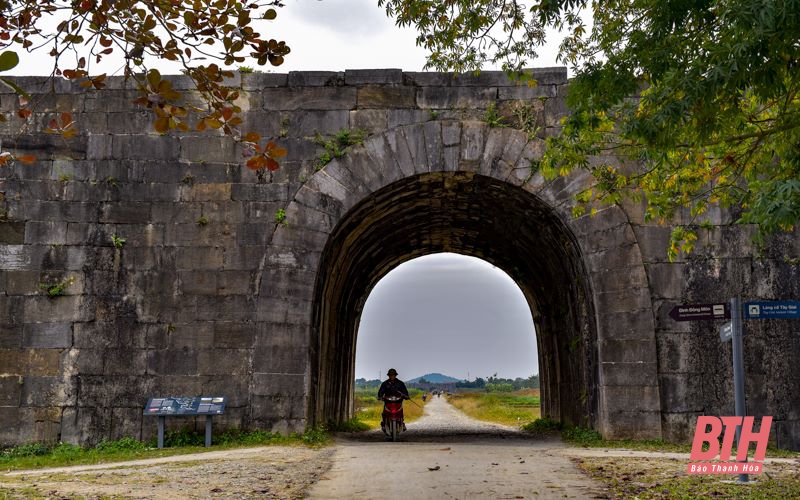
The Ho Dynasty Citadel consists of three parts: La Thanh, Hao Thanh and Hoang Thanh. Of these, the most massive and still relatively intact structure to this day is Hoang Thanh. The entire exterior of the citadel wall and the four main gates were built with green stone slabs, meticulously carved, square, and stacked tightly on top of each other. The citadel walls were assembled from large stone blocks, some of which were over 6 meters long and estimated to weigh 26 tons. The total volume of stone used to build the citadel was about 25,000 m3 and nearly 100,000 m3 of soil was elaborately dug and built.

Over the past decades, domestic and foreign scientists have been studying and finding answers to the question of where the stones used to build the Ho Dynasty Citadel came from. There have been many hypotheses, but in recent surveys, staff at the Ho Dynasty Citadel World Heritage Conservation Center have discovered a number of ancient stone quarries.

The first construction site was discovered at An Ton mountain range in Vinh Yen commune, Vinh Loc district, about 3 km west of Ho Dynasty Citadel.

Here, experts discovered 21 stone slabs with sizes and weights greater than 10 tons scattered at the foot and halfway up the mountain. In addition, they discovered the foundations of camps where workers lived during the time of quarrying and processing stones to build the citadel.

Scientists also discovered many valuable artifacts on the An Ton mountain range such as: rusted stone mining tools, pieces of dishes and other household items made of ceramic from the Tran - Ho dynasty.
Dozens of large stone slabs carved into sharp square edges were left at the foot of An Ton mountain before being transported.
Another ancient stone quarry was discovered on Xuan Dai mountain range in Vinh Ninh commune, Vinh Loc district (now Ninh Khang commune), about 5 km south of Ho Dynasty Citadel.
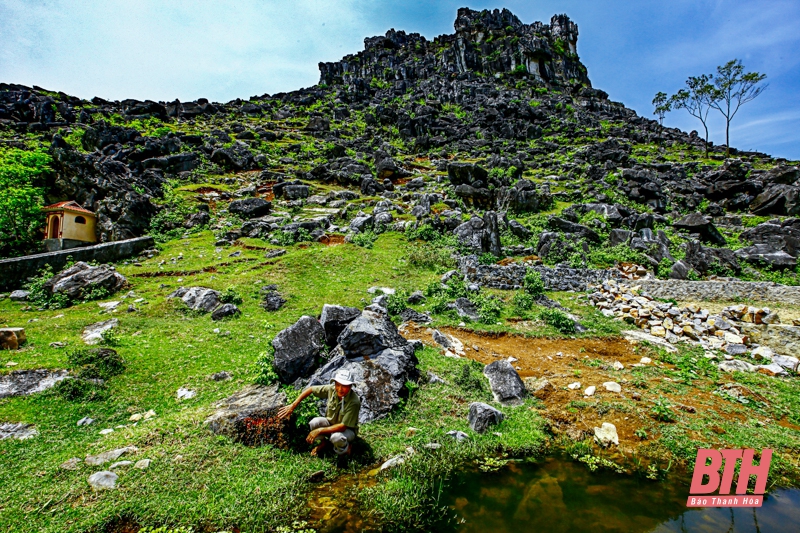
At the foot of the mountain, there are still 16 stone slabs that have been peeled and crafted quite elaborately, with smooth surfaces. Among them, many slabs are relatively large in size, estimated to weigh up to tens of tons. When compared, the stone carving technique here is similar to the stone slabs used to build the Ho Dynasty Citadel.
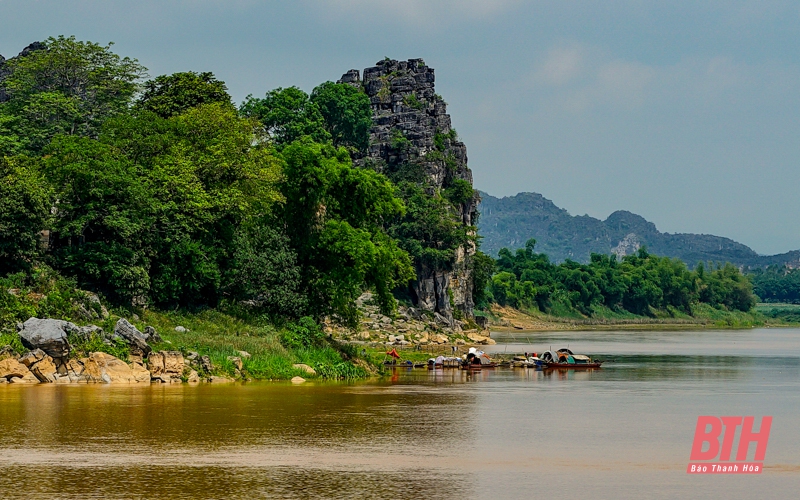
In particular, this Xuan Dai mountain range is located close to the Ma River bank, so it is considered very convenient for the transportation process to the assembly location to build the citadel.

The Nam Giao Altar (where the Ho Dynasty annually held a ceremony to worship heaven, pray for national peace and prosperity, or to offer sacrifices on occasions of general amnesty) was also made mostly of stone materials to build the Ho Dynasty Citadel. Historians assessed that the discovery of the ancient stone quarry site had great practical and scientific significance, proving that in order to build the citadel, the Ho Dynasty mobilized a huge amount of human and material resources to quarry and transport large stone slabs from many places to build the citadel.
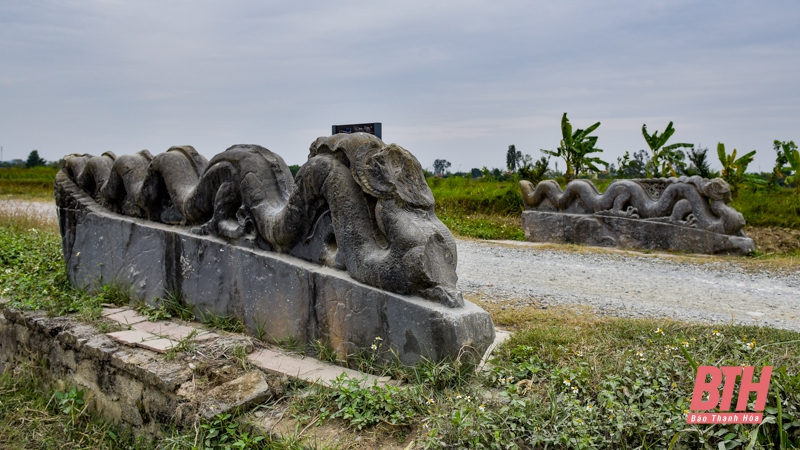
Not only exploiting stone to build the citadel, craftsmen of the Ho Dynasty also made stone bullets to fight against foreign invaders.
The two large dragons in the center of the Imperial Citadel are also carved from a single block of green stone. According to research, the two stone dragons were carved at the same time as the Ho Dynasty Citadel was built.

The Ho Dynasty Citadel is located in Vinh Tien and Vinh Long communes, Vinh Loc district, Thanh Hoa . After more than 600 years of existence, most of the architectural works inside the Imperial Citadel have been destroyed. The traces of the ancient palace's foundation are still hidden under the rice fields of the people in the surrounding area.
Source: https://baothanhhoa.vn/hai-cong-truong-khai-thac-da-co-xay-thanh-nha-ho-128938.htm


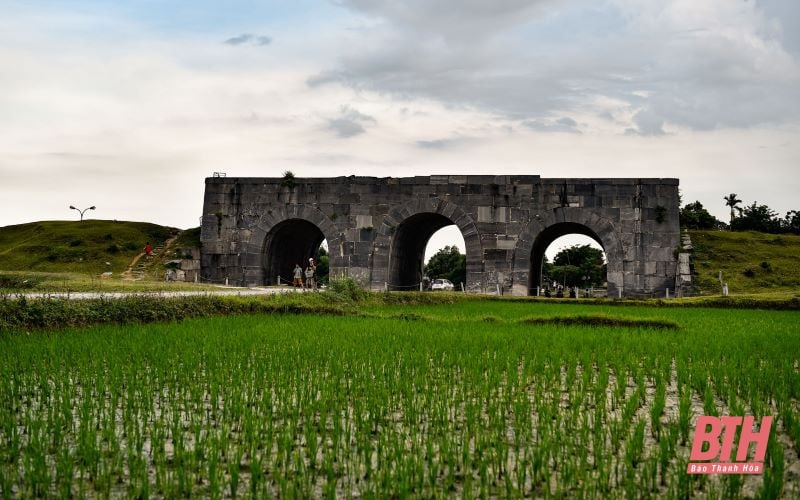
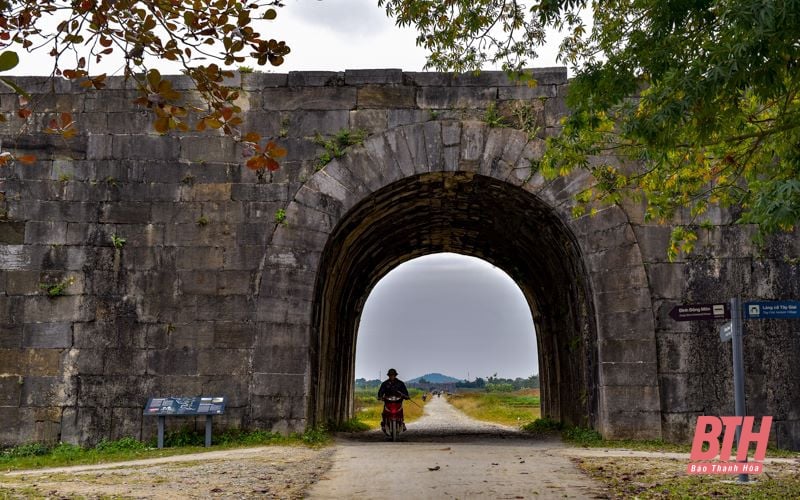
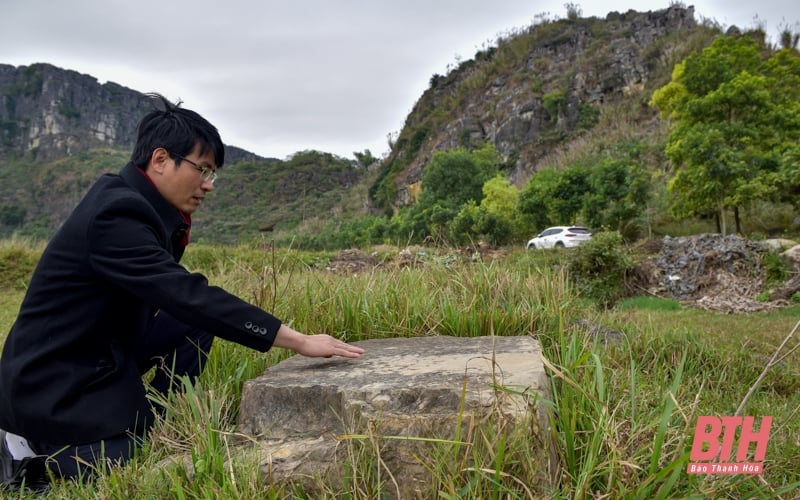

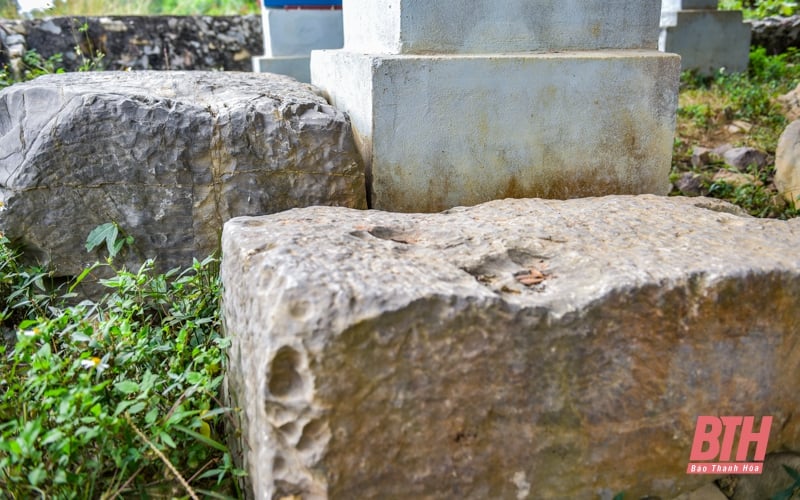
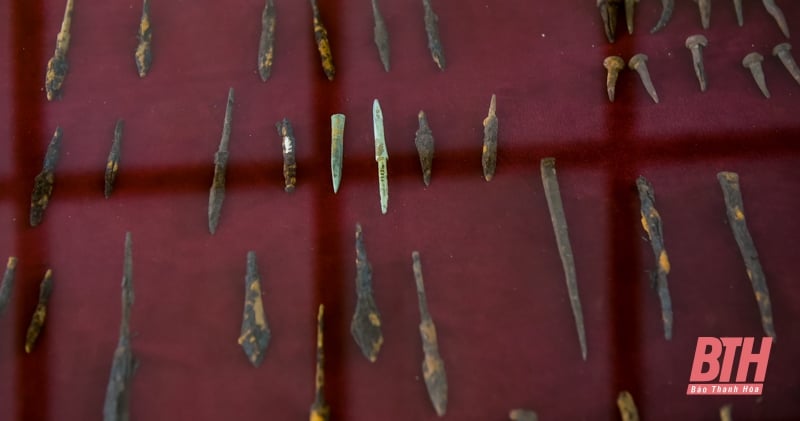
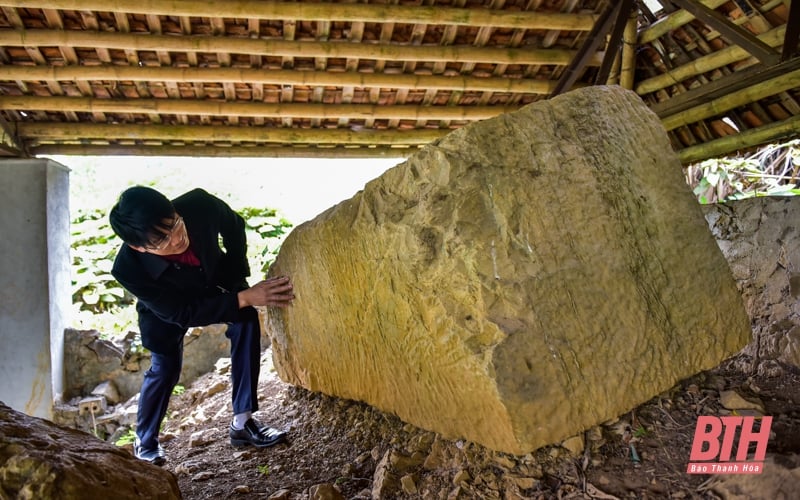
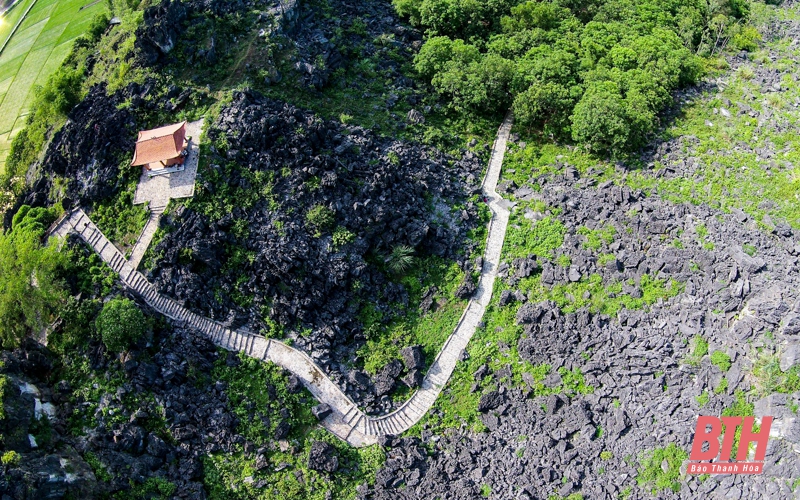
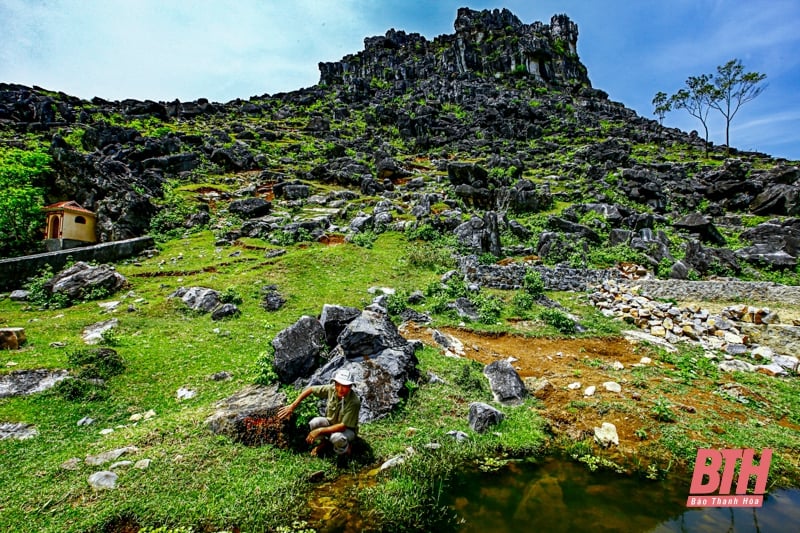

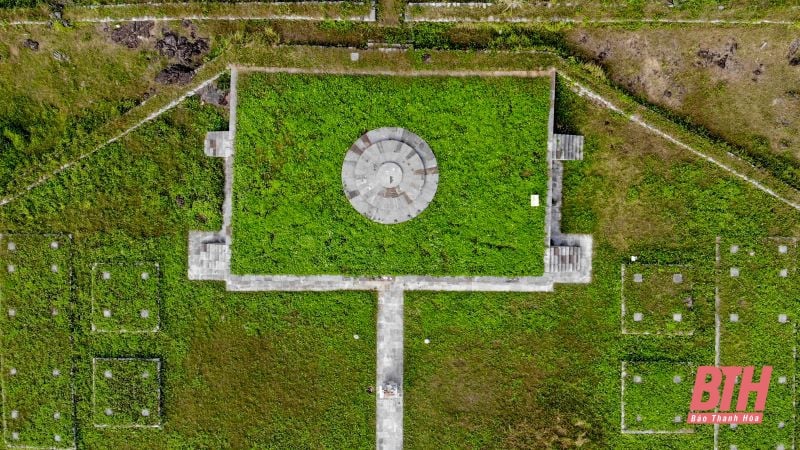
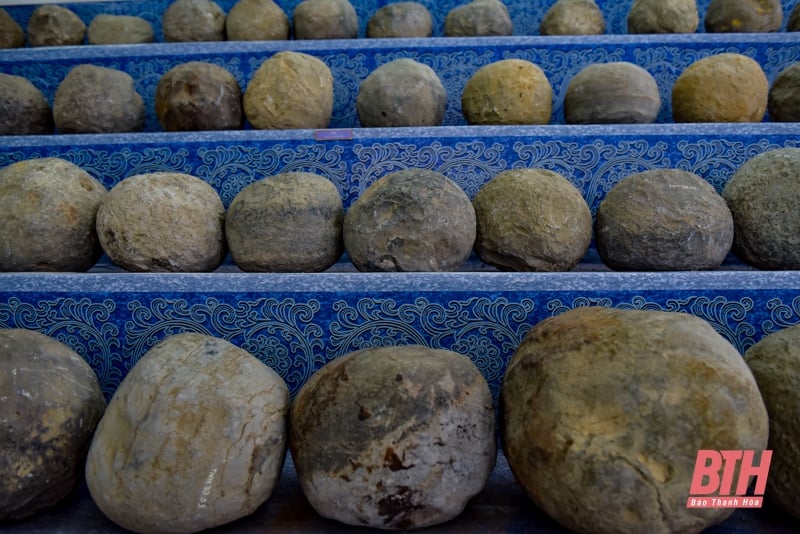
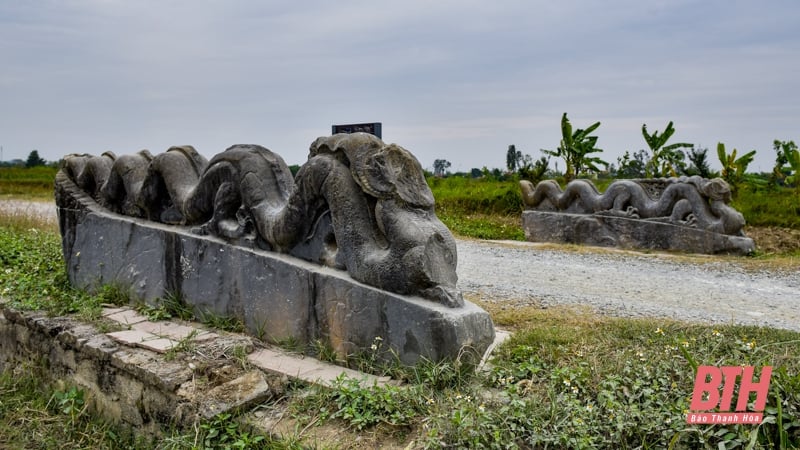
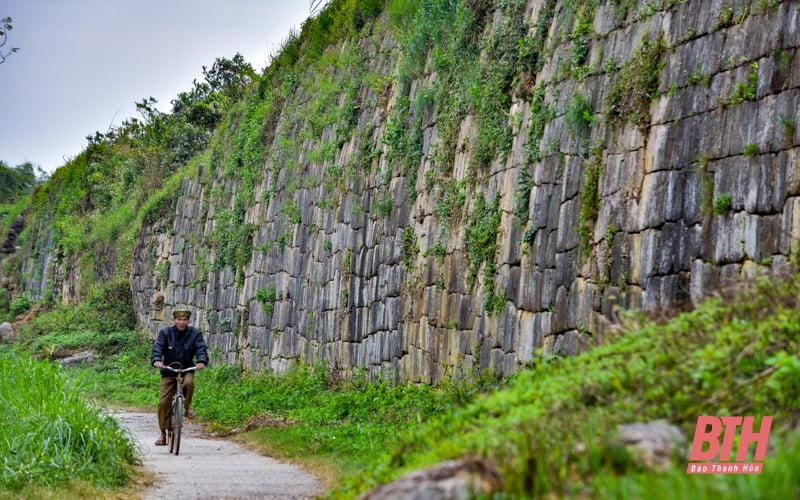


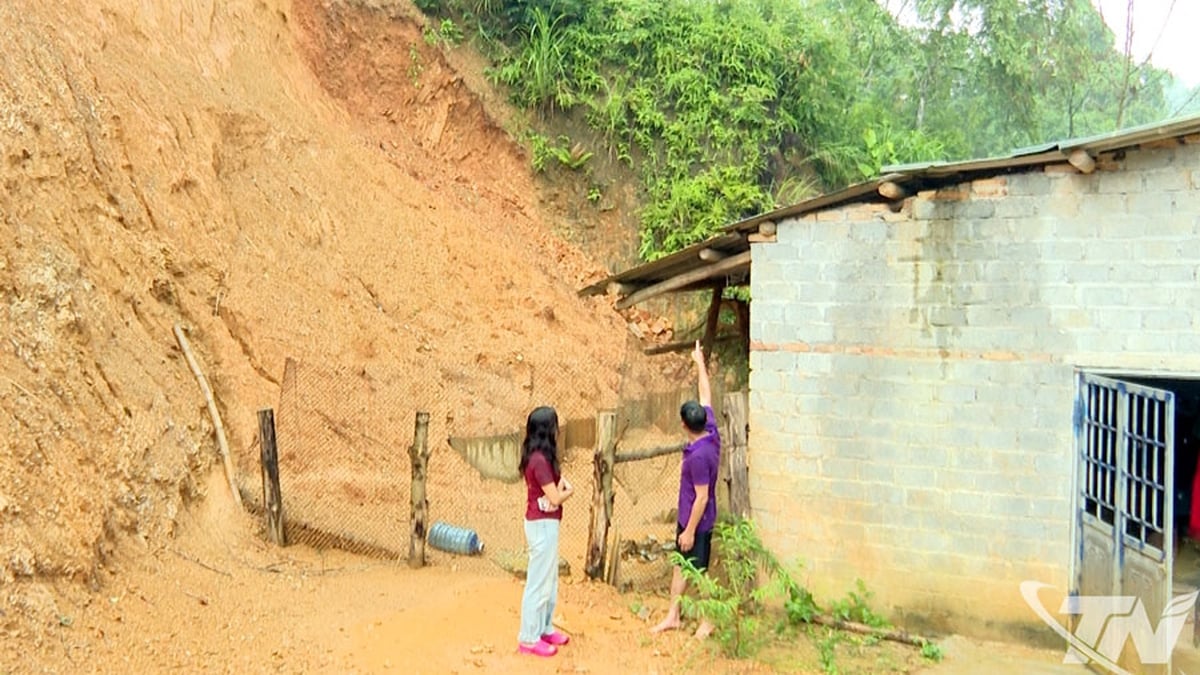



















![[Photo] National Assembly Chairman Tran Thanh Man visits Vietnamese Heroic Mother Ta Thi Tran](https://vphoto.vietnam.vn/thumb/1200x675/vietnam/resource/IMAGE/2025/7/20/765c0bd057dd44ad83ab89fe0255b783)







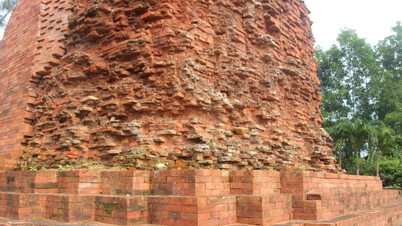



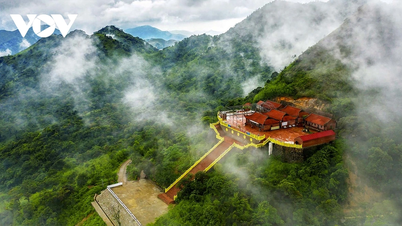











































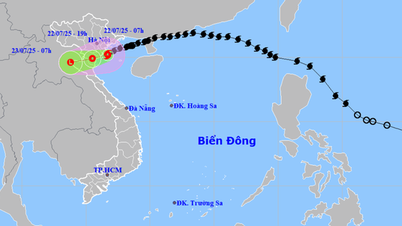

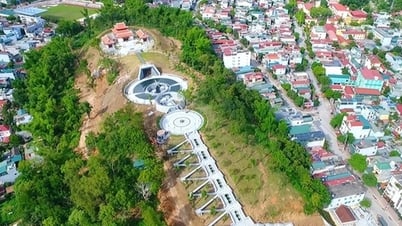



















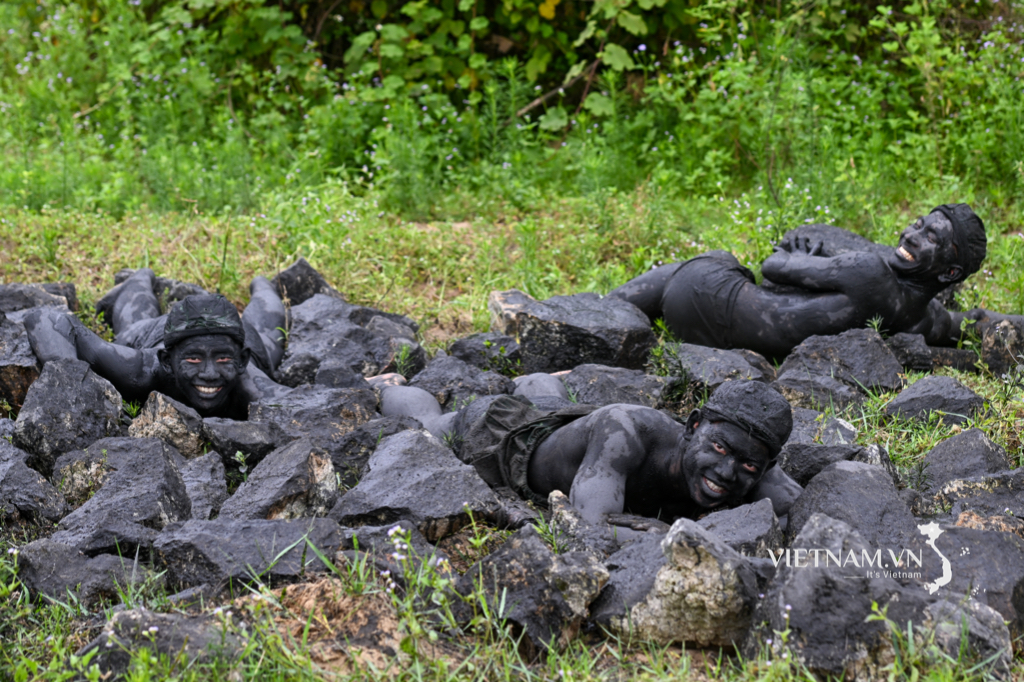


Comment (0)